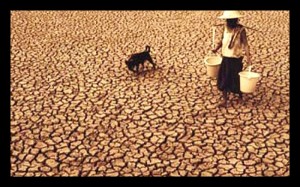 On March 15, 2024, the World Bank’s Board of Directors approved two loans worth $520 million to strengthen Tunisia’s economy. The loans will be used for two projects aiming to address and combat food insecurity and reduce regional inequalities in Tunisia. High unemployment, a five-year drought and the nation’s dependence on agricultural imports have amplified inflation rates and led to many food shortages in the country.
On March 15, 2024, the World Bank’s Board of Directors approved two loans worth $520 million to strengthen Tunisia’s economy. The loans will be used for two projects aiming to address and combat food insecurity and reduce regional inequalities in Tunisia. High unemployment, a five-year drought and the nation’s dependence on agricultural imports have amplified inflation rates and led to many food shortages in the country.
The Emergency Food Security Support Project (PAUSAT) will have a range of objectives that will help combat the food insecurity problem while also strengthening Tunisia’s economy and self-sufficiency. Meanwhile, the second loan will focus on the Tunisia Economic Development Corridor Project. This will address the urban infrastructure along the Kasserine – Sidi Bouzid – Sfax corridor.
PAUSAT
This project will help to strengthen Tunisia’s economy by increasing resilience to future food crises. This is by supplying short-term agricultural inputs for farmers to guarantee the next cropping season. A difficult cereal harvest of 2023 contributes to the string of droughts that Tunisia has suffered. By focusing on long-term solutions, this project will also provide barley and climate-resilient seeds to small-scale farmers and milk producers.
This assistance will help to rebuild Tunisia’s economy as it aims to prevent future agricultural challenges. With 30% of children aged less than 5 and 32% of pregnant and breastfeeding women having been affected by malnutrition, the economy is not Tunisia’s only focus. Ensuring access to bread for impoverished and vulnerable households is one of PAUSAT’s short-term objectives.
PAUSAT also aims to combat food insecurity in the short term by offering the vulnerable percentage of the population bare necessities such as bread. With women making up 46%-51% of the family farm labor force and are also 50% of Tunisia’s rural population, PAUSAT’s supply of soft wheat and barley to local markets will also help reduce food insecurity and prevent malnutrition among children and pregnant women.
Tunisia Economic Development Corridor Project
The Kasserine–Sidi Bouzid–Sfax corridor faces regional economic disparities that this project seeks to address. By adding 65 km of new roads and 117 km of feeder roads, the initiative aims to enhance accessibility to inter-regional areas, facilitate business financing and improve mobility for Tunisia’s rural population. The creation of these feeder roads and roadworks will benefit small and medium-sized enterprises (SMEs) and encourage small businesses to open up further.
The Tunisia Economic Development Corridor Project also benefits households that depend on roads. By improving mobility and expanding access to more regions, the enhanced rural infrastructure enables isolated households in the countryside to reach nearby towns and cities more easily. Significantly, this connectivity opens up new employment opportunities, allowing access to businesses and fostering the growth of new SMEs.
Toward a More Connected, Well-Fed Future
Tunisia continues to face extremely challenging conditions regarding cereal harvests, droughts and rural mobility. These two new loans bring new hope as they commit to two projects dedicated to fighting food insecurity and strengthening the economy of Tunisia. By addressing important issues with these two projects, Tunisia will be able to provide both long and short-term solutions for a more sustainable and self-sufficient future.
– Chelsey Saya McCloud
Chelsey is based in Southampton, Hampshire, UK and focuses on Good News and Technology for The Borgen Project.
Photo: Pixabay

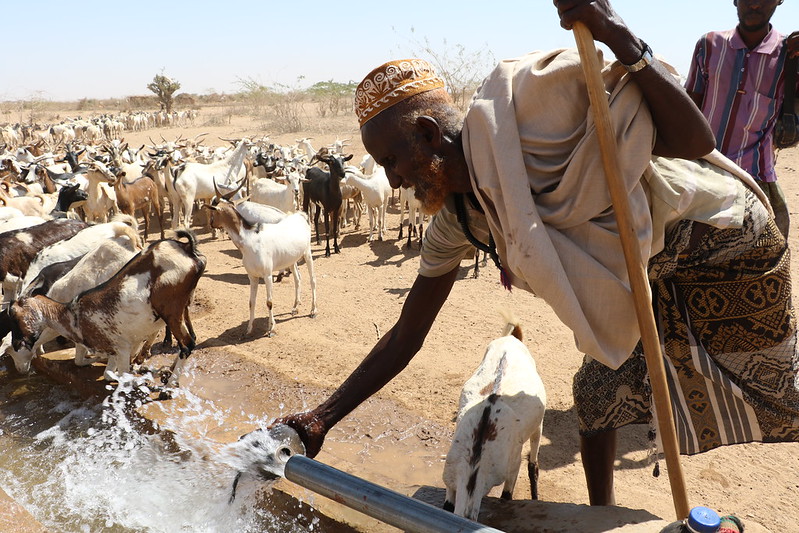
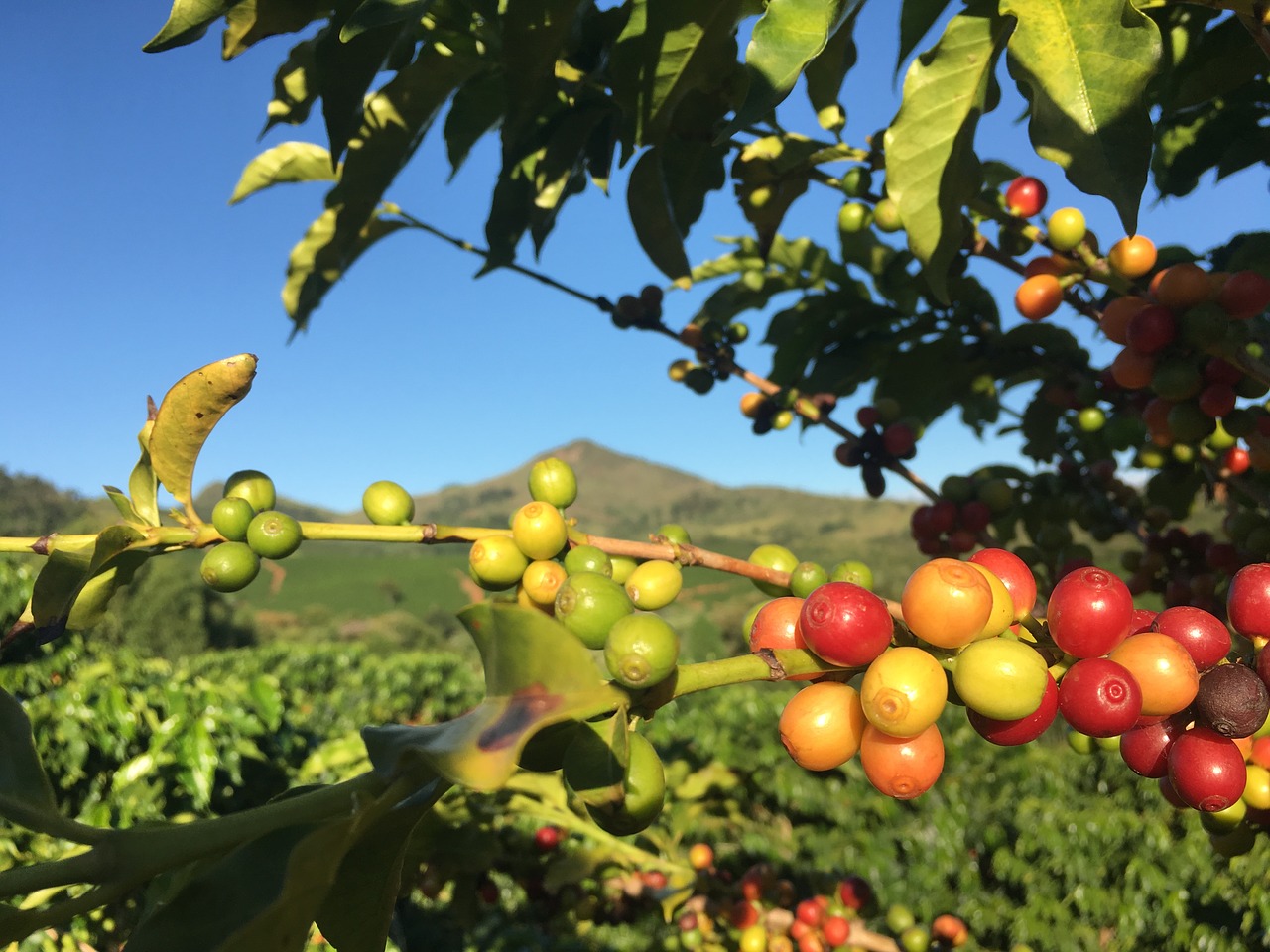 Brazil is the world’s largest producer of coffee and oranges. The country
Brazil is the world’s largest producer of coffee and oranges. The country 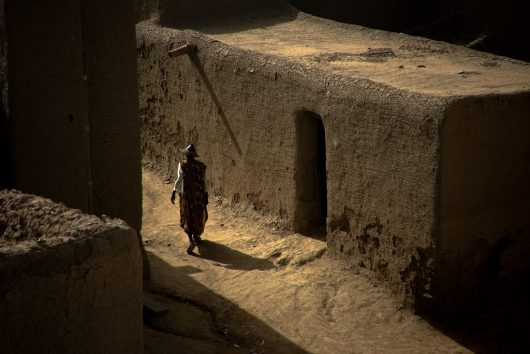
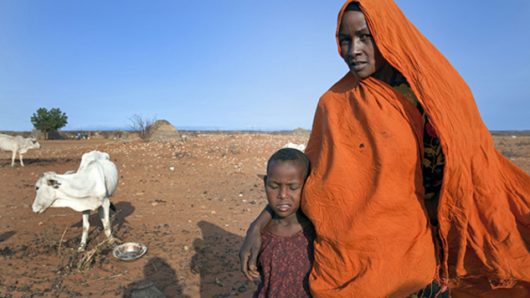
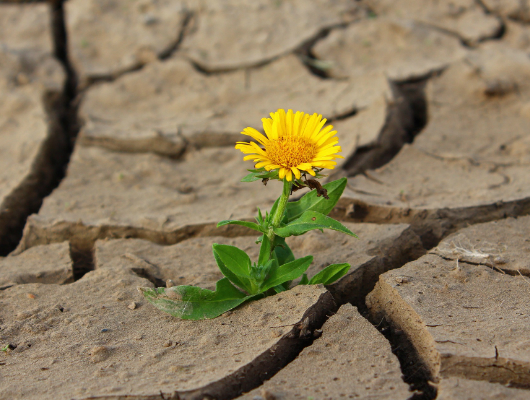
 Climate change has brought about droughts, unpredictable rainfall, and floods which affect every region, gender, and race. However, girls have been affected greatly by the impact of this climate change. Families who live off of their land are forced to take their girls out of school so they can make up for the income lost due to climate change. Droughts and flooding have impacted these farmers and their crops. To make up for the lost income they send their wives or daughters to be daily wage laborers.
Climate change has brought about droughts, unpredictable rainfall, and floods which affect every region, gender, and race. However, girls have been affected greatly by the impact of this climate change. Families who live off of their land are forced to take their girls out of school so they can make up for the income lost due to climate change. Droughts and flooding have impacted these farmers and their crops. To make up for the lost income they send their wives or daughters to be daily wage laborers.